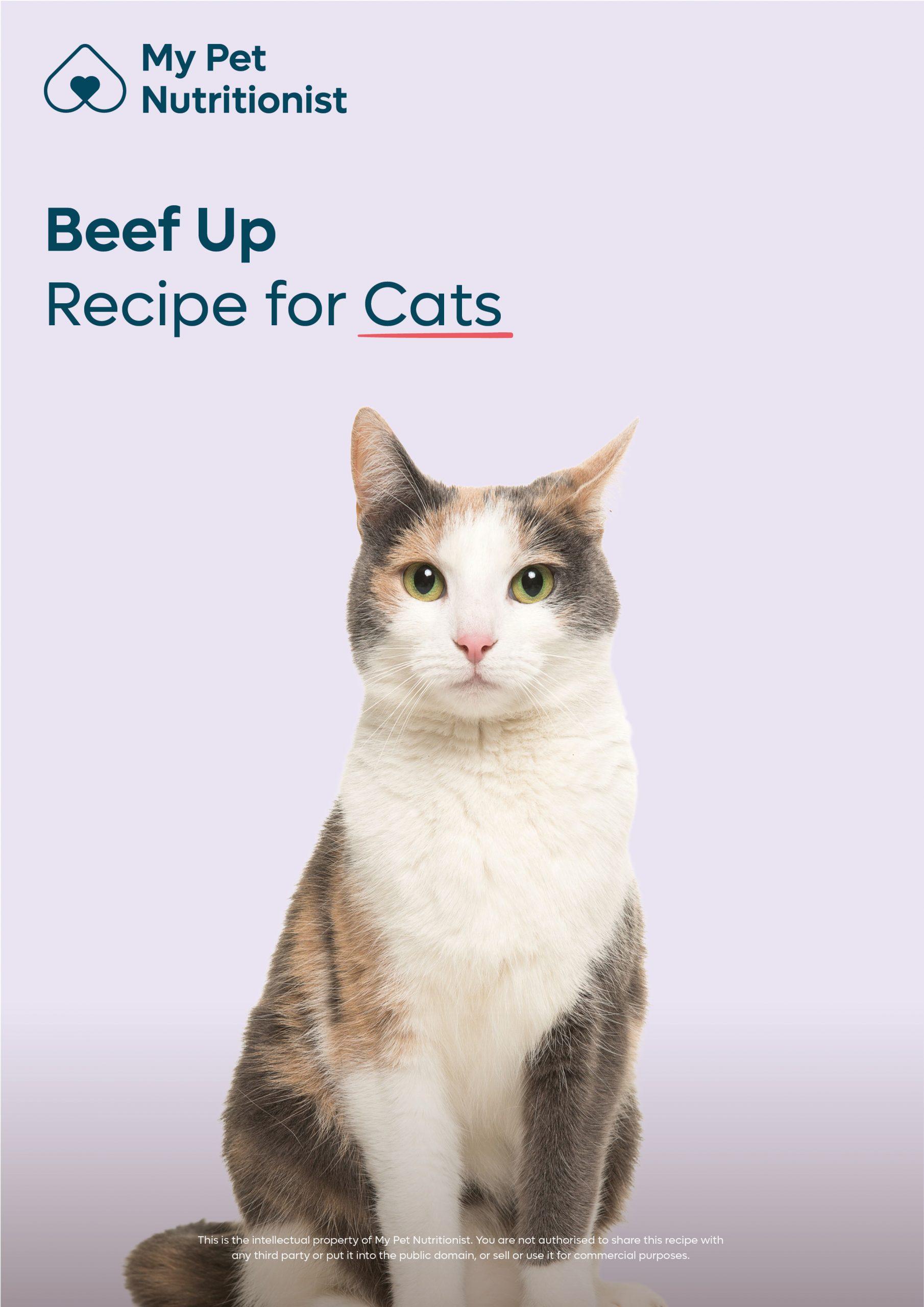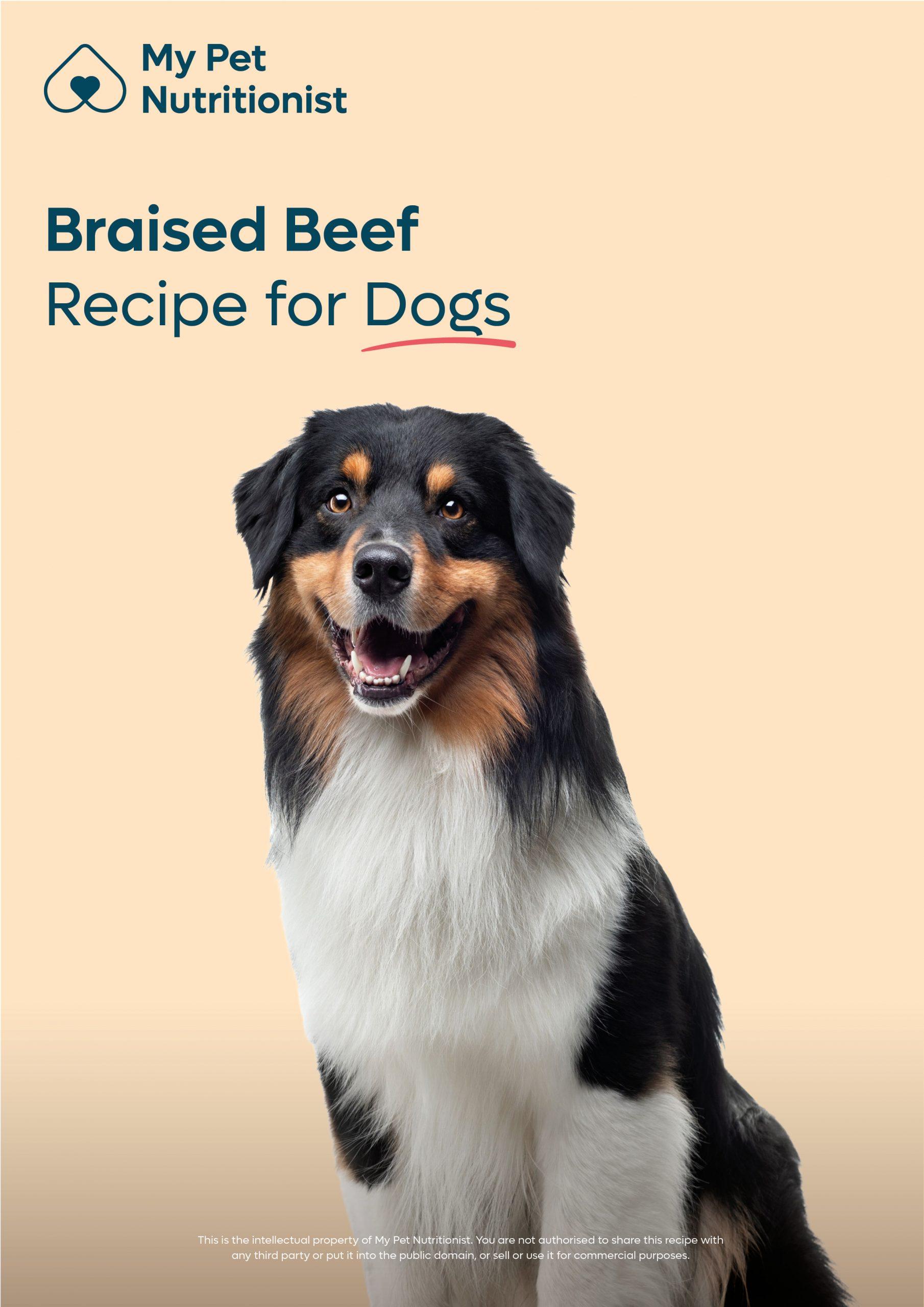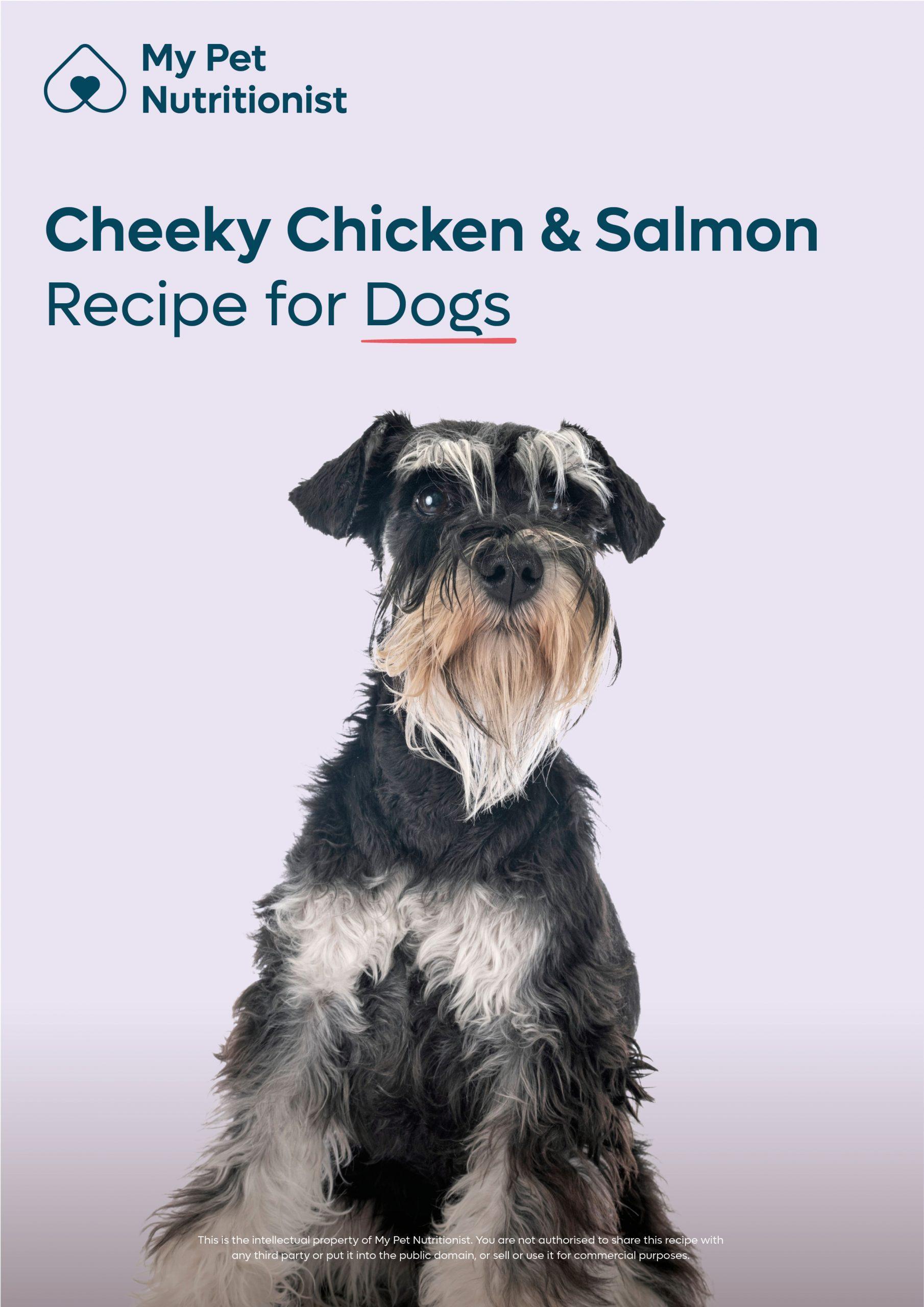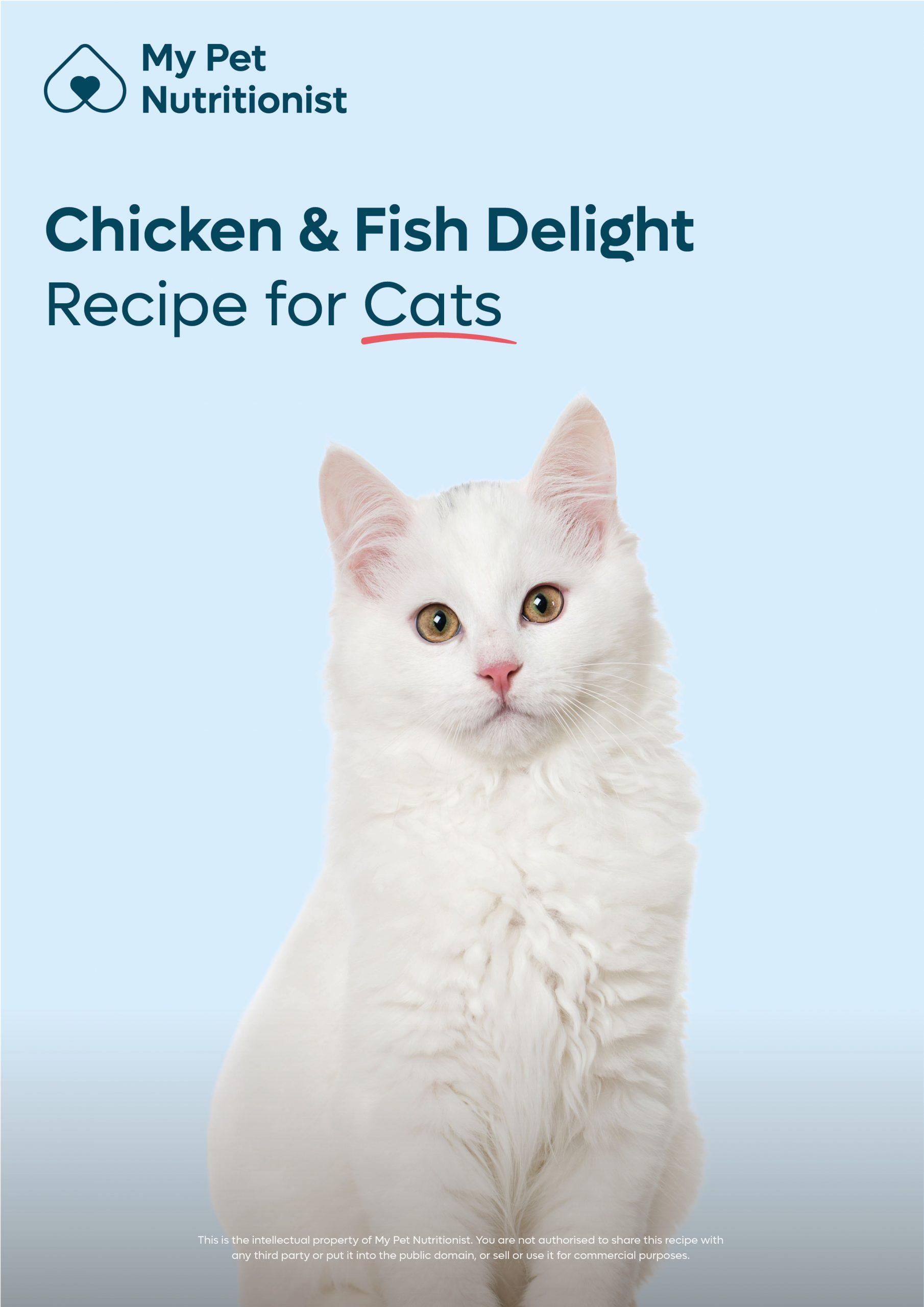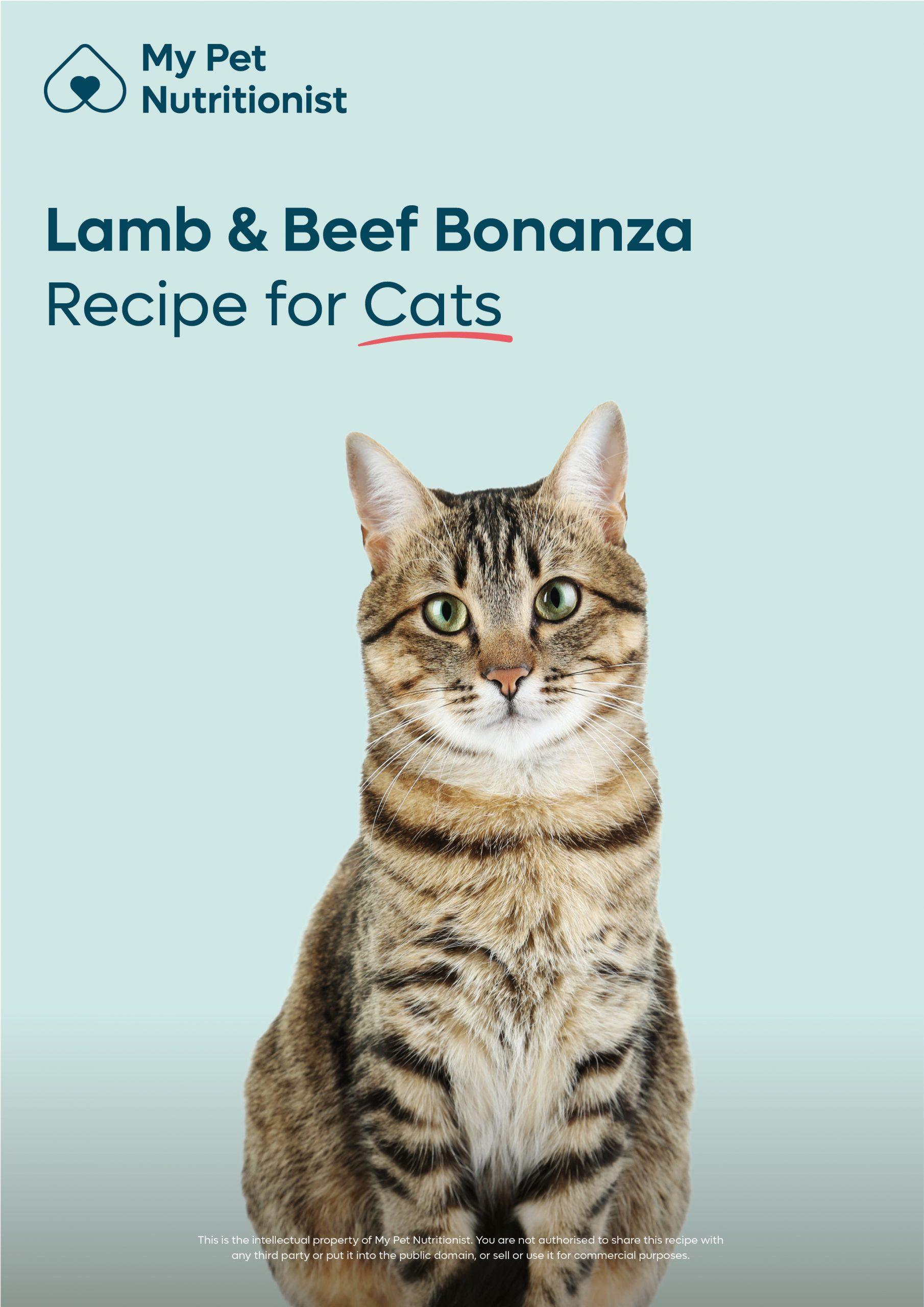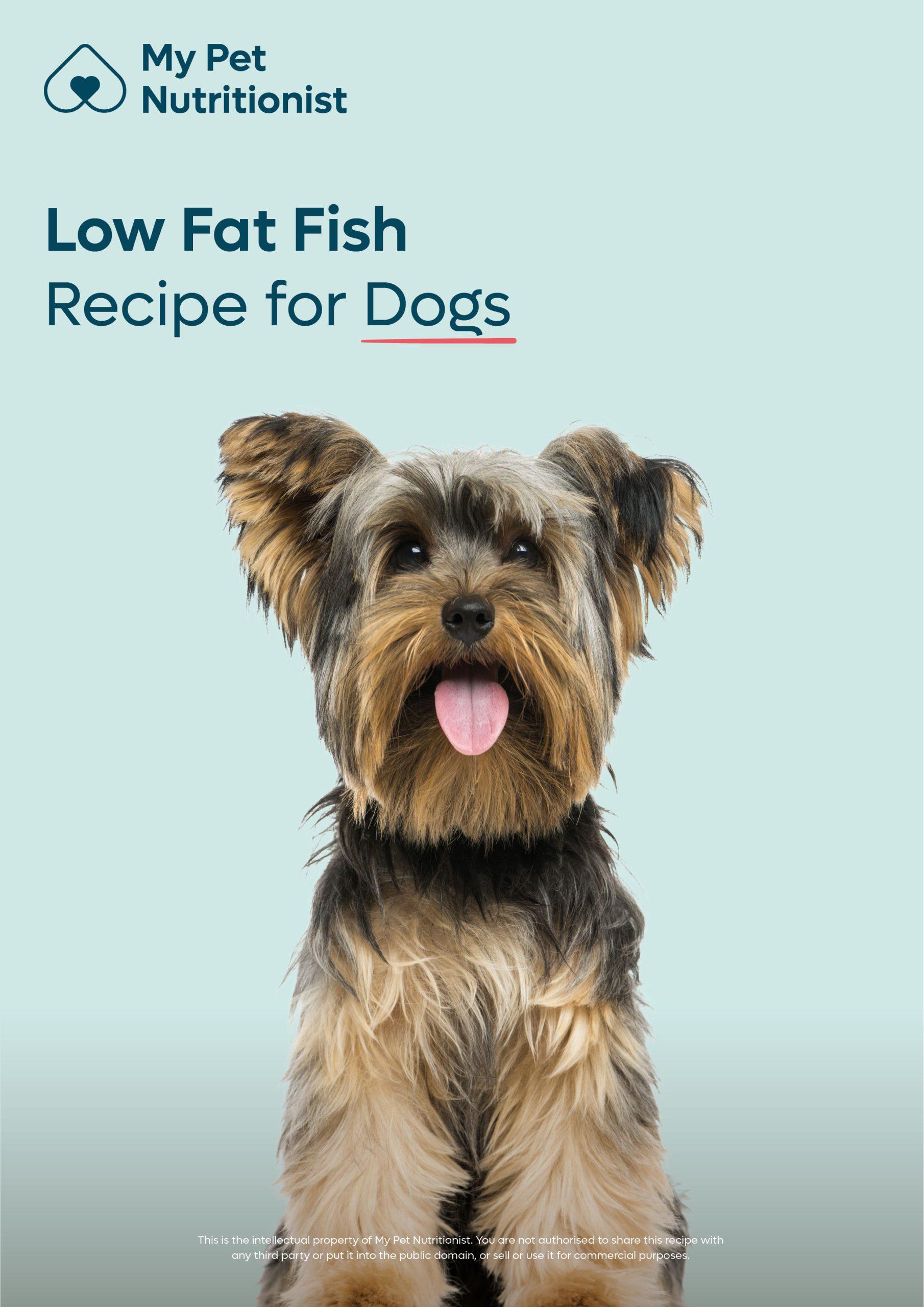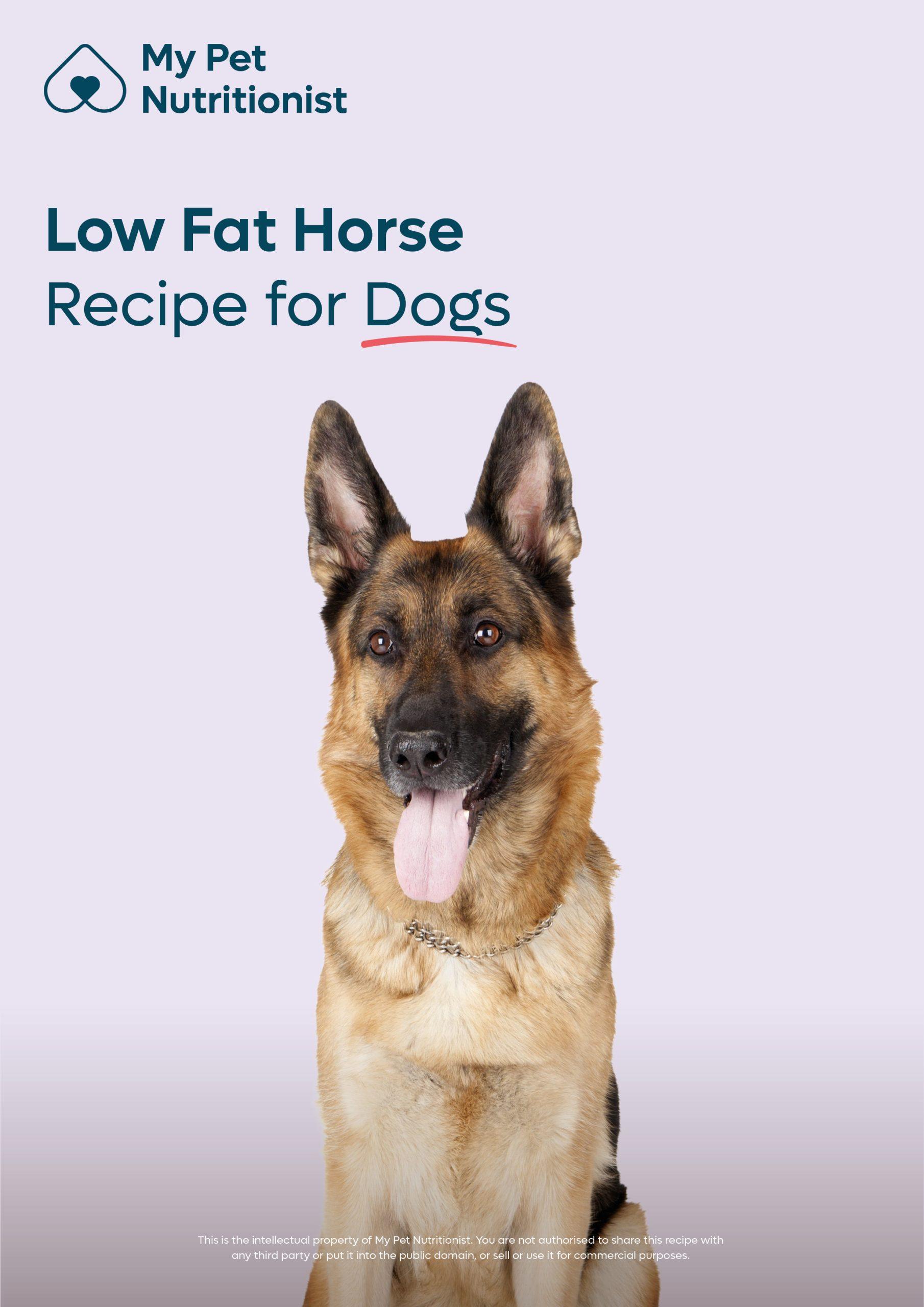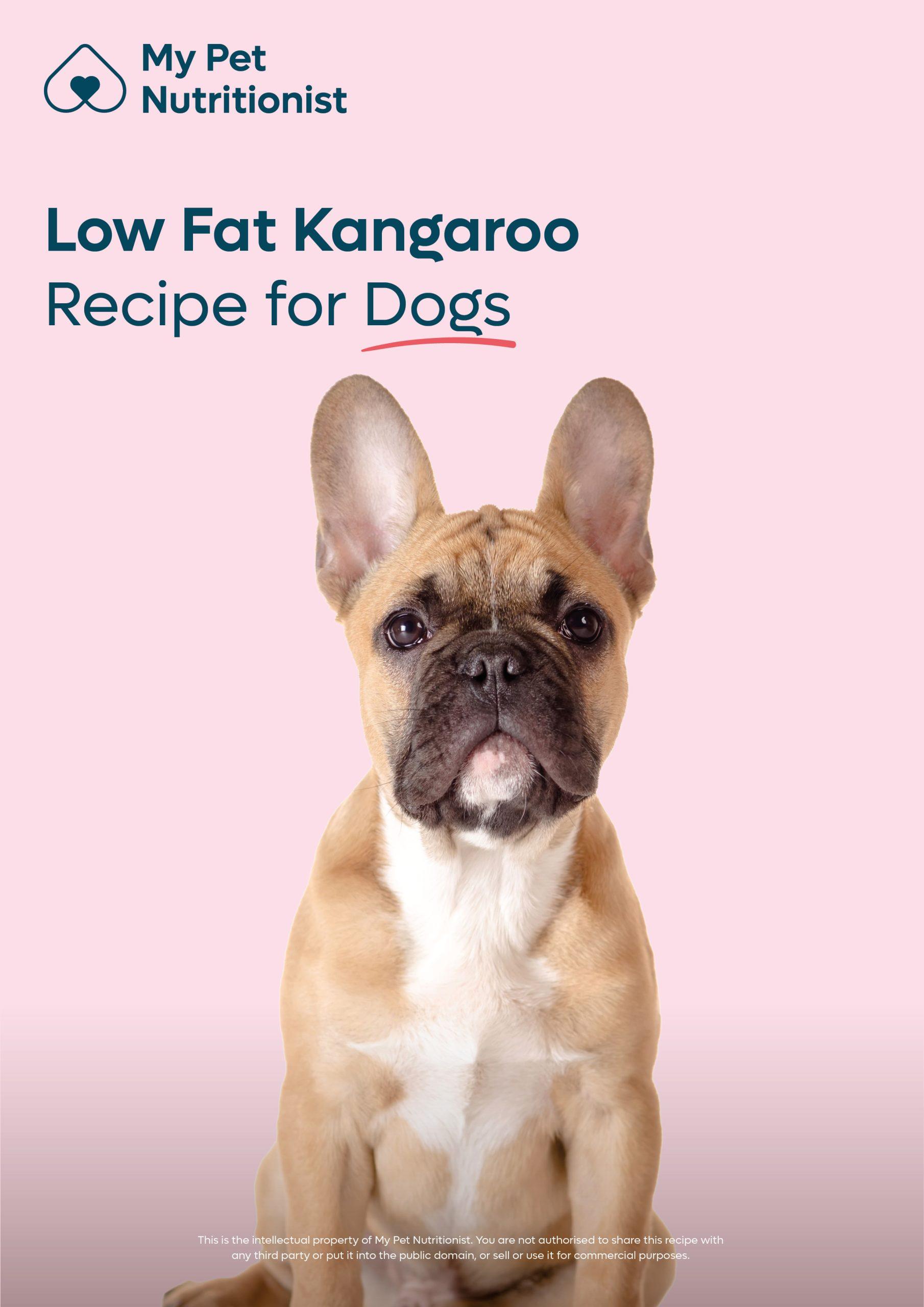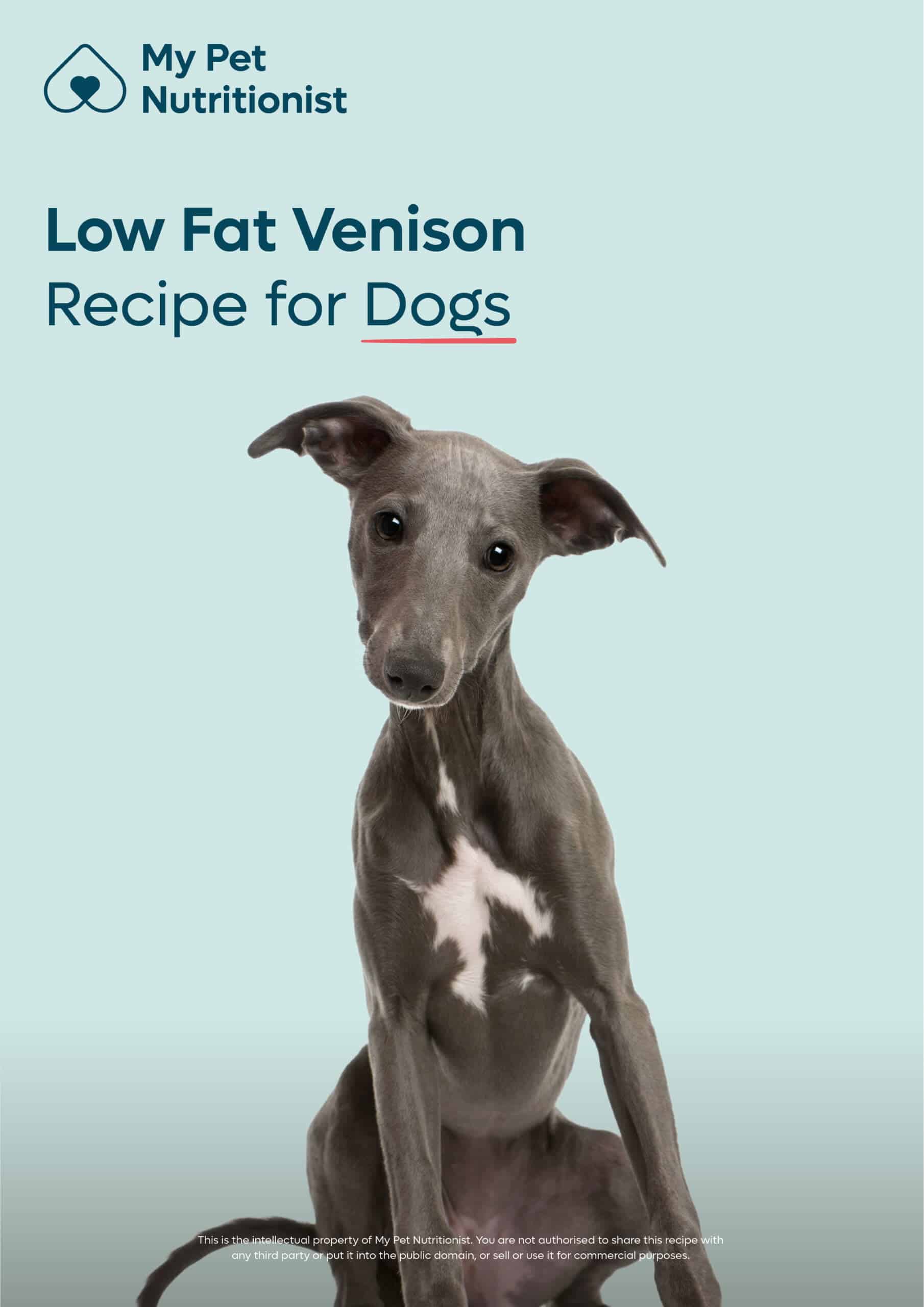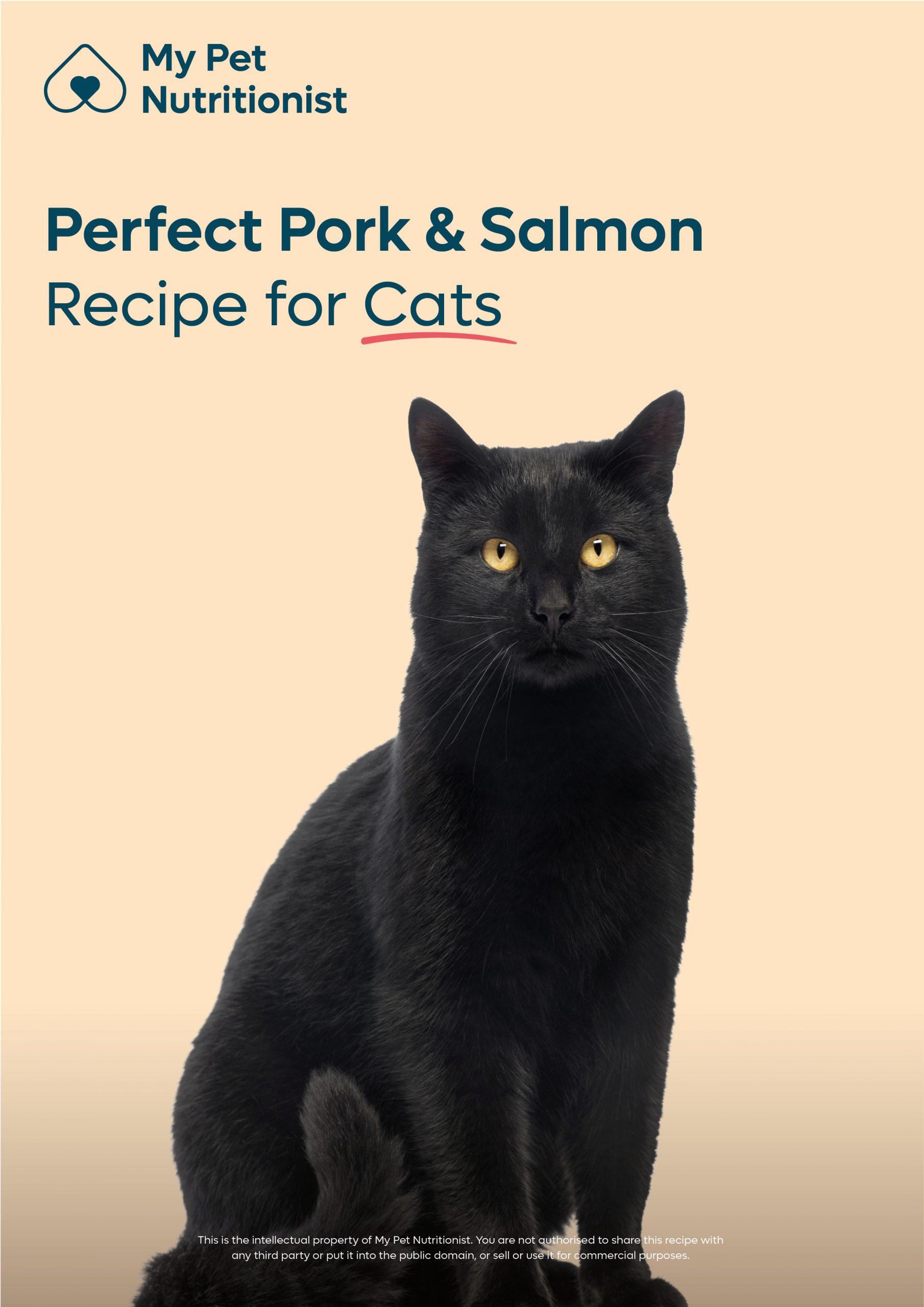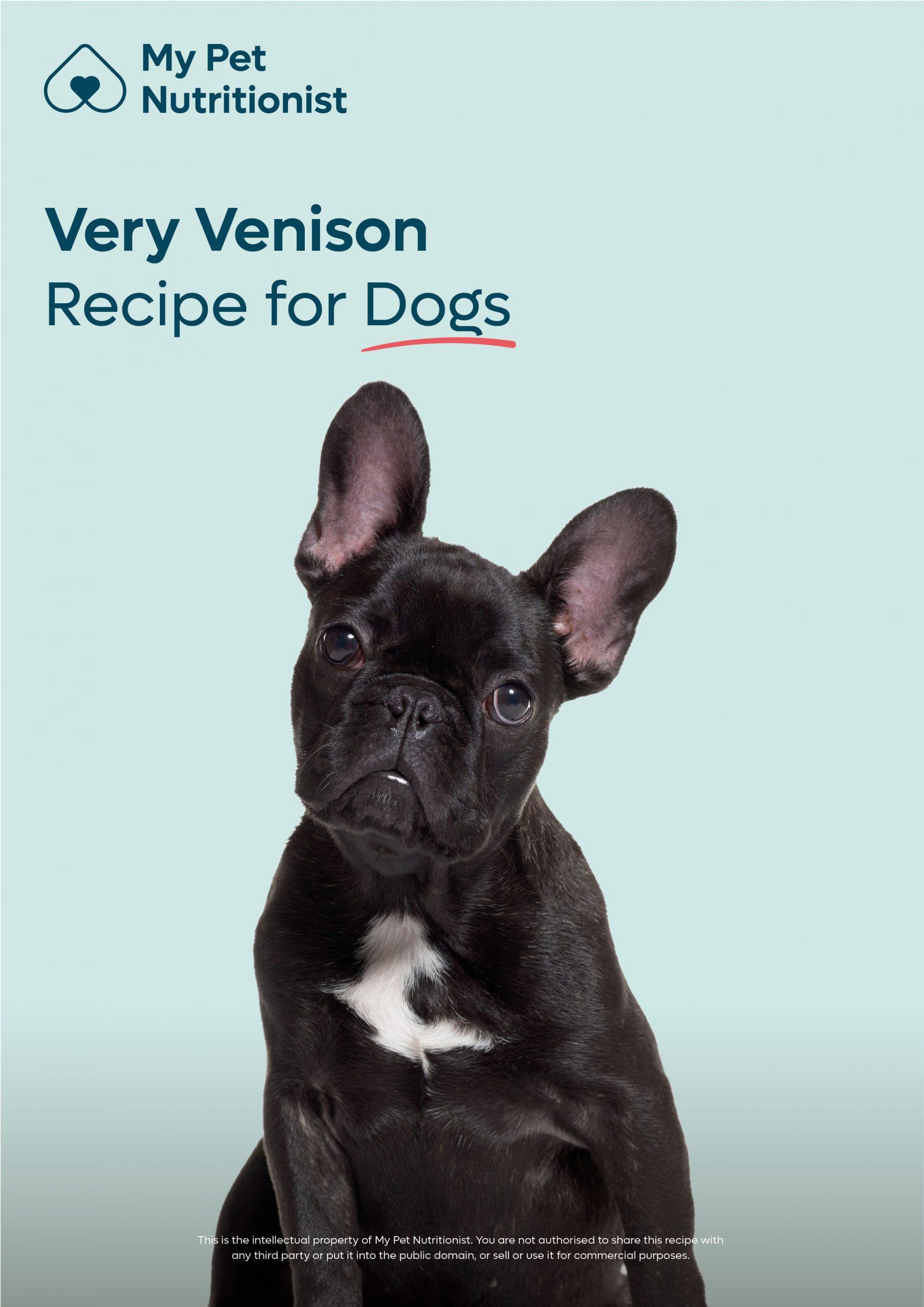-
£19.99

Should I Feed Vegetables to my Pet?
- August 10, 2023
- 5 mins 30 secs
Here at My Pet Nutritionist, we strive to help you decide on the best diet for your pet, including all the add-ons! We advocate feeding a fresh food diet when at all possible, whether that is raw or cooked using one of our balanced recipes. The big question often asked by pet owners is – does my pet need vegetables? The answer depends on the species of pet, and the individual animal! Let’s discuss the feeding of vegetables to pets, which veggies are suitable, and how much and often they should be fed!
Findings Here
Cats may benefit from a little wheatgrass and kelp; these ingredients are a great source of fibre which helps digestion and gut motility. They also contain a plethora of nutrition, such as Vitamin E, Zinc, Manganese, Iodine and copper. Kelp can help with plaque control on the teeth, and wheatgrass is great to aid immune health, eye health and vision, and also helps keep oral and gastrointestinal health in check.
A complete meal for dogs does contain vegetables and fruits (collectively known as ‘plant matter’), as well as omega rich meat, fish or algae based sources.
Dogs struggling with itchy skin may not tolerate some, or all vegetables – in these cases, vegetables should be avoided. If your dog is on an elimination diet they should not have vegetables, but may include vegetables as part of their elimination trial once protein choices are exhausted.
Let’s look at the benefits feeding plant matter can bring!
Studies also show that supplementing the diet with polyphenols when a dog has diarrhoea is beneficial as it helps reduce inflammation in the intestines.
Vegetables high in polyphenols include: berries, nuts, seeds, and leafy greens.
Findings Here
Findings Here
Findings Here
When the diet is rich in antioxidants, free radicals are ‘eaten’ away from healthy cells in the body, which reduces the risk of oxidative stress. Not only is the reduction of oxidative stress a huge benefit to antioxidants, but eye health, cardiovascular health, and brain function are supported, as well as a reduction in inflammation in the body. Healthy ageing is largely down to reducing oxidative stress, so antioxidants are also very important for the ageing dog.
Blueberries are excellent sources of antioxidants, as well as spinach, raspberries, and broccoli.
Findings Here
Findings Here
As well as these fantastic benefits, phytonutrients play a role in immune modulation, to keep the immune function strong, and prevent various diseases including skin cancer, internal cancers, inflammatory diseases, osteoarthritis, and others. It may also play a role in the management of diabetes, and allergies, as well as having anti-ageing effects.
Findings Here
Findings Here
Try to feed lower GI foods more often, and only feeding higher GI foods occasionally, and sparingly. In general, the lower GI foods tend to be the most beneficial anyway!
Findings Here
Findings Here
Some examples of Low GI foods include:
Some medium GI foods include:
Some high GI foods include:
If your dog is itch-prone, or has allergies, avoid all medium and high GI foods. Feed low GI options either as guided by us following a consultation, or if you are working on your dog’s allergies without a consultation and are running an elimination diet, try one type at a time once you have some ‘safe’ proteins in order to be able to pinpoint a potential reaction to a food.
When serving vegetables to your dog, it’s best to lightly cook them – steaming keeps the nutrients most intact, so would be the most desirable option. Many owners also blend the steamed vegetables. But why steam or blend them, I hear you ask! Plants have cells which are very different to those of animals – while both plant and animal cells contain many of the same components as one another there are some differences, the biggest being the cell wall.
The cell wall in animal cells is made from plasma, and is semi-permeable, and relatively thin. The cell wall of plant cells is made from cellulose – this isn’t very easy for dogs to digest. It is also much thicker than the plasma membrane of animal cells. To make the nutrients inside the plant cells more bioavailable (useable by the target species – in this case, our dogs), breaking the cellulose cell wall down is important, or you may find the veg comes out in faeces the same way it went in when consumed!
Don’t forget, you can steam, blend, and freeze the vegetables into silicone ice cube trays for longevity and to reduce food waste!
Having read the information in this blog, we hope you will try a variety of vegetables as part of your dog’s diet. If you feel you could enhance your pet’s diet, but require guidance in doing so, whether its for general maintenance, or a more complex case, please don’t hesitate to book a consultation with one of our team!
Team MPN x
Do Cats Need Vegetables?
Our feline friends are obligate carnivores. This means their diet should consist of meat, offal and bone. Cats will not benefit from a portion of vegetables, as they don’t have the required enzymes for digestion of plants or starch. Cats undergo a process called gluconeogenesis, which turns fats and proteins into energy, unlike many other species whereby carbohydrates are used for energy. During gluconeogenesis, a series of enzymatic reactions occur to achieve the release of energy from protein and fat.Findings Here
Cats may benefit from a little wheatgrass and kelp; these ingredients are a great source of fibre which helps digestion and gut motility. They also contain a plethora of nutrition, such as Vitamin E, Zinc, Manganese, Iodine and copper. Kelp can help with plaque control on the teeth, and wheatgrass is great to aid immune health, eye health and vision, and also helps keep oral and gastrointestinal health in check.
Do Dogs Need Vegetables?
Unlike cats, while dogs are also carnivores, our canine counterparts are facultative carnivores; not obligate. This means they can benefit from a small amount of plant matter. For a more detailed explanation of facultative carnivorism, have a read of our blog: Is My Dog a Carnivore or an Omnivore?A complete meal for dogs does contain vegetables and fruits (collectively known as ‘plant matter’), as well as omega rich meat, fish or algae based sources.
Dogs struggling with itchy skin may not tolerate some, or all vegetables – in these cases, vegetables should be avoided. If your dog is on an elimination diet they should not have vegetables, but may include vegetables as part of their elimination trial once protein choices are exhausted.
Let’s look at the benefits feeding plant matter can bring!
Benefits of Vegetables for Dogs
There are a range of benefits plant matter can bring to your dog’s diet. These benefits cannot be sought from a purely meat diet.Polyphenols
Polyphenols work alongside antioxidants to protect the tissues in the body from oxidative stress. In turn, this helps prevent cancer, general inflammation in the body, and coronary heart disease. Polyphenols inhibit transcript factors for inflammation by positively interacting with proteins which are involved in expression of genes, which ultimately helps keep inflammation in the body down.Studies also show that supplementing the diet with polyphenols when a dog has diarrhoea is beneficial as it helps reduce inflammation in the intestines.
Vegetables high in polyphenols include: berries, nuts, seeds, and leafy greens.
Findings Here
Findings Here
Findings Here
Antioxidants
Antioxidants are a very important part of the diet, in order to keep your dog healthy. The body contains lots of free radicals – these are molecules which have an unpaired electron. These are extremely unstable, highly reactive, and can cause the onset of cancer, cataracts, heart disease, and inflammatory disease. They really are very damaging to healthy cells in the body, so we really need to work toward controlling levels of free radicals in the body, using antioxidants.When the diet is rich in antioxidants, free radicals are ‘eaten’ away from healthy cells in the body, which reduces the risk of oxidative stress. Not only is the reduction of oxidative stress a huge benefit to antioxidants, but eye health, cardiovascular health, and brain function are supported, as well as a reduction in inflammation in the body. Healthy ageing is largely down to reducing oxidative stress, so antioxidants are also very important for the ageing dog.
Blueberries are excellent sources of antioxidants, as well as spinach, raspberries, and broccoli.
Findings Here
Findings Here
Phytonutrients
Phytonutrients bring wonderful anti-cancer and pro-heart health benefits. Studies show links between phytonutrient consumption, and longevity too!As well as these fantastic benefits, phytonutrients play a role in immune modulation, to keep the immune function strong, and prevent various diseases including skin cancer, internal cancers, inflammatory diseases, osteoarthritis, and others. It may also play a role in the management of diabetes, and allergies, as well as having anti-ageing effects.
Findings Here
Findings Here
Choosing Suitable Vegetables for Dogs
When choosing suitable plant matter for your dog, you need to consider the Glycaemic Index Rating of the vegetable in question.Glycaemic Index Rating
Looking at the glycaemic index (GI) rating of plant matter is a very important part of choosing suitable options. The glycaemic index rates how quickly a food digests and causes a blood sugar spike. The lower the glycaemic index value, the longer it takes to digest that food, and the less likely it is to cause a spike in blood glucose. Higher GI foods digest quicker and cause a blood glucose spike.Try to feed lower GI foods more often, and only feeding higher GI foods occasionally, and sparingly. In general, the lower GI foods tend to be the most beneficial anyway!
Findings Here
Findings Here
Some examples of Low GI foods include:
- Leafy green vegetables
- Broccoli
- Brussels Sprouts
- Cabbage
- Asparagus
- Spinach
- Peppers
- Mushrooms
- Avocado flesh
- Herbs
Some medium GI foods include:
- Berries
- Pear
- Apple
Some high GI foods include:
- Banana
- Melon
- Sweet potato
- Carrot
- Parsnip
- Pumpkin
- Butternut squash
Introducing, and Serving Vegetables
When introducing vegetables to your dog for the first time, you may wish to start by giving a little veg, of only one or two varieties to ensure they like the options given and so as not to put them off entirely.If your dog is itch-prone, or has allergies, avoid all medium and high GI foods. Feed low GI options either as guided by us following a consultation, or if you are working on your dog’s allergies without a consultation and are running an elimination diet, try one type at a time once you have some ‘safe’ proteins in order to be able to pinpoint a potential reaction to a food.
When serving vegetables to your dog, it’s best to lightly cook them – steaming keeps the nutrients most intact, so would be the most desirable option. Many owners also blend the steamed vegetables. But why steam or blend them, I hear you ask! Plants have cells which are very different to those of animals – while both plant and animal cells contain many of the same components as one another there are some differences, the biggest being the cell wall.
The cell wall in animal cells is made from plasma, and is semi-permeable, and relatively thin. The cell wall of plant cells is made from cellulose – this isn’t very easy for dogs to digest. It is also much thicker than the plasma membrane of animal cells. To make the nutrients inside the plant cells more bioavailable (useable by the target species – in this case, our dogs), breaking the cellulose cell wall down is important, or you may find the veg comes out in faeces the same way it went in when consumed!
Don’t forget, you can steam, blend, and freeze the vegetables into silicone ice cube trays for longevity and to reduce food waste!
Having read the information in this blog, we hope you will try a variety of vegetables as part of your dog’s diet. If you feel you could enhance your pet’s diet, but require guidance in doing so, whether its for general maintenance, or a more complex case, please don’t hesitate to book a consultation with one of our team!
Team MPN x
Customer Reviews
Explore related products
Explore Related Products
Related articles

Dietary NeedsGeneral HealthGut HealthCatsCats General HealthDietDogs
How To Support Your Dog’s Brain Health
Jun 27 2024
•
11 mins 55 secs

Dietary NeedsGeneral HealthGut HealthCatsCats General HealthDietDogs
Pooh Guide for Dogs: What’s Good, and What’s Not
May 16 2024
•
9 mins 15 secs

Dietary NeedsGeneral HealthGut HealthCatsCats General HealthDietDogs
The Lowdown on Hypokalaemia in Pets
Mar 28 2024
•
6 mins 30 secs

Dietary NeedsGeneral HealthGut HealthCatsCats General HealthDietDogs
All You Need to Know About Exocrine Pancreatic Insufficiency
Feb 22 2024
•
10 mins 20 secs
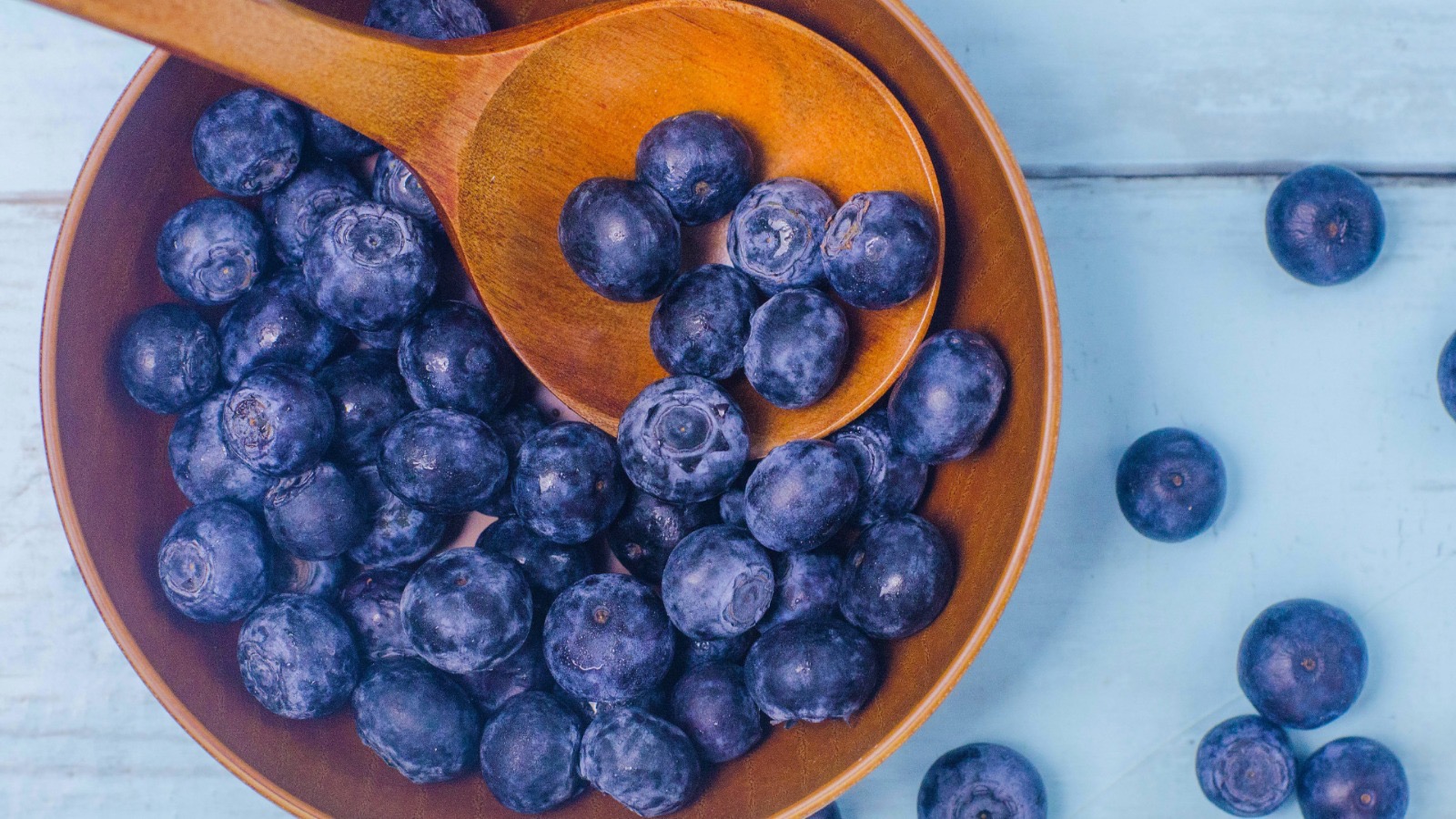
Dietary NeedsGeneral HealthGut HealthCatsCats General HealthDietDogs
The Skinny on Blueberries for Dogs
Jan 31 2024
•
7 mins 46 secs

Dietary NeedsGeneral HealthGut HealthCatsCats General HealthDietDogs
Should I Feed my Itchy Dog a Cool Protein?
Jan 18 2024
•
4 mins 40 secs

Dietary NeedsGeneral HealthGut HealthCatsCats General HealthDietDogs
The Low Down on Spondylosis in Dogs
Dec 14 2023
•
12 mins 40 secs

Dietary NeedsGeneral HealthGut HealthCatsCats General HealthDietDogs
The Ultimate Guide to Graves Disease in Pets
Nov 30 2023
•
11 mins

Dietary NeedsGeneral HealthGut HealthCatsCats General HealthDietDogs
Can Stress Cause My Pet’s Disease?
Nov 23 2023
•
10 mins 30 secs

Dietary NeedsGeneral HealthGut HealthCatsCats General HealthDietDogs
The Low Down on Keratosis
Oct 05 2023
•
4 mins 45 secs

Dietary NeedsGeneral HealthGut HealthCatsCats General HealthDietDogs
7 Reasons Why My Dog is Biting his Paws
Sep 06 2023
•
7 mins 40 secs
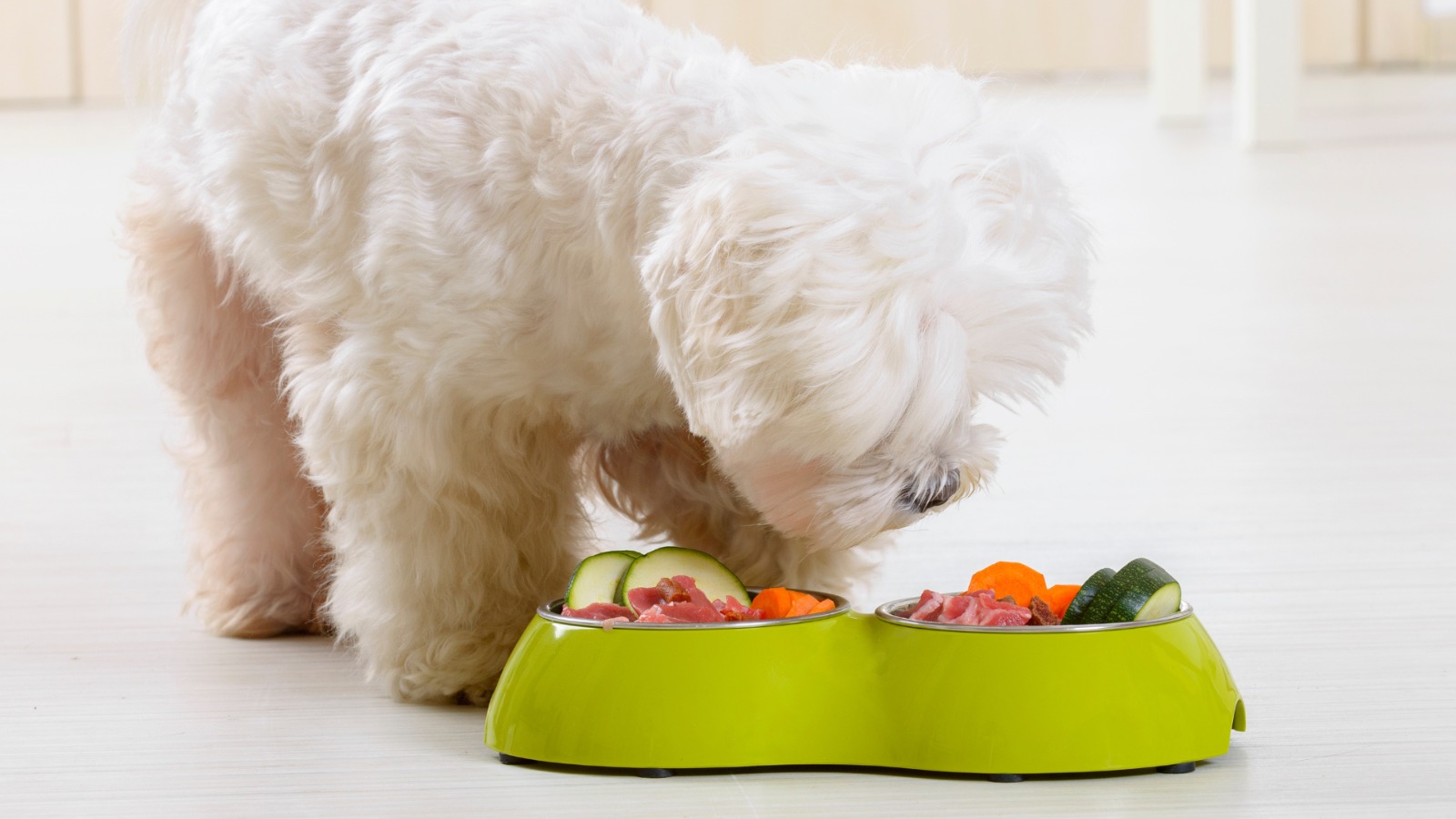
Dietary NeedsGeneral HealthGut HealthCatsCats General HealthDietDogs
Should I Feed Vegetables to my Pet?
Aug 10 2023
•
5 mins 30 secs
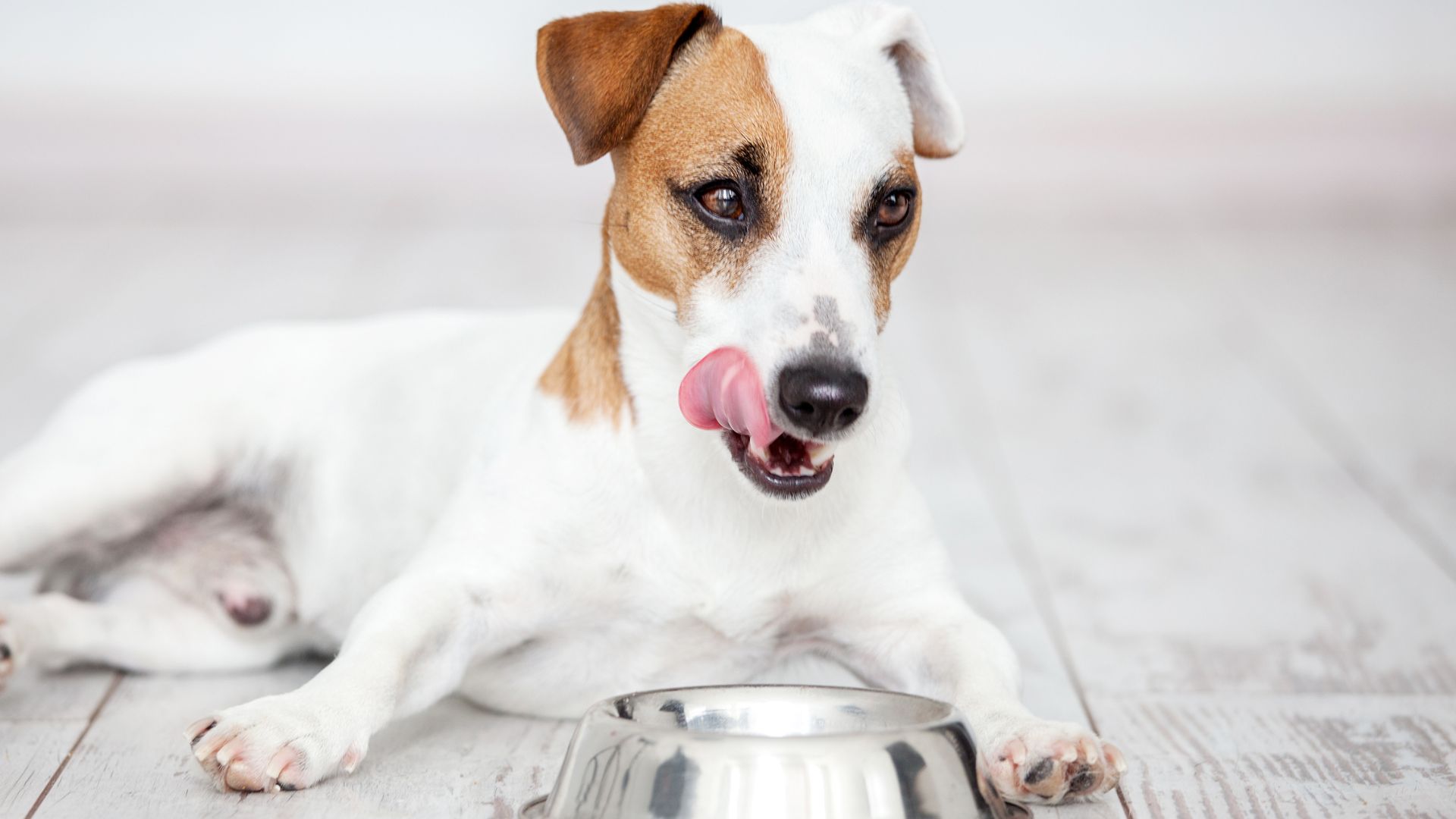
Dietary NeedsGeneral HealthGut HealthCatsCats General HealthDietDogs
Is My Dog a Carnivore or an Omnivore?
Aug 03 2023
•
8 mins 30 secs

Dietary NeedsGeneral HealthGut HealthCatsCats General HealthDietDogs
What Should I Feed My Dog with Acid Reflux?
Jul 26 2023
•
4 mins 15 secs

Dietary NeedsGeneral HealthGut HealthCatsCats General HealthDietDogs
Hormones, and Their Role in the Body
Apr 20 2023
•
7 mins 12 secs

Dietary NeedsGeneral HealthGut HealthCatsCats General HealthDietDogs
Help! My Dog Is Constipated!
Apr 13 2023
•
6 mins

Dietary NeedsGeneral HealthGut HealthCatsCats General HealthDietDogs
Mast Cell Activation Syndrome
Apr 05 2023
•
4 mins 46 secs

Dietary NeedsGeneral HealthGut HealthCatsCats General HealthDietDogs
5 Benefits of Vitamin C for Your Dog
Mar 18 2023
•
4 mins 42 secs

Dietary NeedsGeneral HealthGut HealthCatsCats General HealthDietDogs
Why Does My Dog Urinate So Much?
Dec 08 2022
•
5 mins 30 secs

Dietary NeedsGeneral HealthGut HealthCatsCats General HealthDietDogs
Why Does My Dog Drink So Much Water?
Nov 29 2022
•
5 mins 30 secs

Dietary NeedsGeneral HealthGut HealthCatsCats General HealthDietDogs
Fresh Food Additions For Your Dog
Nov 07 2022
•
4 mins

Dietary NeedsGeneral HealthGut HealthCatsCats General HealthDietDogs
Top 10 Tips to Reduce Anxiety During Fireworks Season
Nov 04 2022
•
4 mins
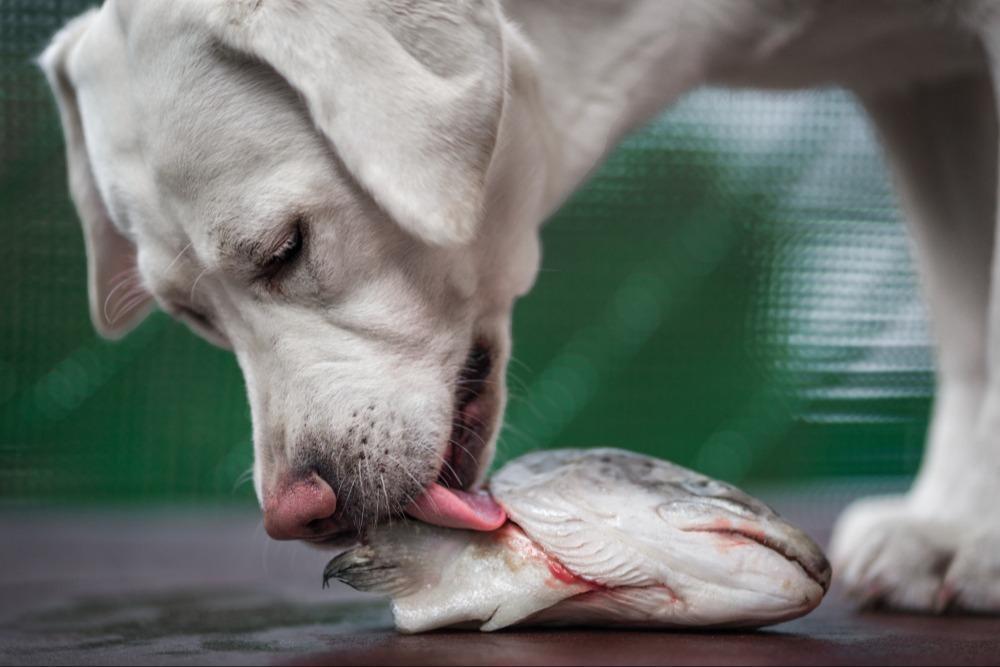
Dietary NeedsGeneral HealthGut HealthCatsCats General HealthDietDogs
Feeding Fats To Your Dog
Sep 19 2022
•
3 mins

Dietary NeedsGeneral HealthGut HealthCatsCats General HealthDietDogs
Fats For The Canine
Sep 19 2022
•
6 mins 30 secs

Dietary NeedsGeneral HealthGut HealthCatsCats General HealthDietDogs
5 Things To Include In The Senior Dog’s Bowl
Sep 05 2022
•
4 mins 30 secs

Dietary NeedsGeneral HealthGut HealthCatsCats General HealthDietDogs
5 Brain Games for the Nosey Dog
Aug 08 2022
•
3 mins

Dietary NeedsGeneral HealthGut HealthCatsCats General HealthDietDogs
Things To Think About: Skin Health in Dogs
Aug 01 2022
•
7 mins 30 secs

Dietary NeedsGeneral HealthGut HealthCatsCats General HealthDietDogs
Keeping Dogs Safe in Summer
Jul 18 2022
•
3 mins 25 secs

Dietary NeedsGeneral HealthGut HealthCatsCats General HealthDietDogs
Should I Vaccinate My Dog Against Kennel Cough?
Jul 11 2022
•
4 mins 59 secs

Dietary NeedsGeneral HealthGut HealthCatsCats General HealthDietDogs
Natural Remedies For Kennel Cough in Dogs
Jul 11 2022
•
4 mins 42 secs

Dietary NeedsGeneral HealthGut HealthCatsCats General HealthDietDogs
Nutrients for Skin Health in Dogs
Jul 04 2022
•
3 mins 29 secs

Dietary NeedsGeneral HealthGut HealthCatsCats General HealthDietDogs
The Top Five Water Hazards For Dogs
Jun 27 2022
•
3 mins 13 secs

Dietary NeedsGeneral HealthGut HealthCatsCats General HealthDietDogs
Should I Feed My Dog, Chicken and Rice?
Jun 27 2022
•
5 mins 37 secs

Dietary NeedsGeneral HealthGut HealthCatsCats General HealthDietDogs
4 Times You Don’t Want To Feed Veg To Your Dog
Jun 21 2022
•
3 mins 58 secs

Dietary NeedsGeneral HealthGut HealthCatsCats General HealthDietDogs
How To Support My Dog’s Liver Shunt
Jun 20 2022
•
4 mins 46 secs

Dietary NeedsGeneral HealthGut HealthCatsCats General HealthDietDogs
Could My Dog’s Coat Type Contribute to Skin Issues?
Jun 16 2022
•
7 mins

Dietary NeedsGeneral HealthGut HealthCatsCats General HealthDietDogs
Help! My Dog’s Ears Are Itchy!
Jun 14 2022
•
3 mins 38 secs

Dietary NeedsGeneral HealthGut HealthCatsCats General HealthDietDogs
The Neuroscience of Pain In Pets
Jun 07 2022
•
5 mins 32 secs

Dietary NeedsGeneral HealthGut HealthCatsCats General HealthDietDogs
3 Tips to Support Your Pet’s Urinary Health
May 26 2022
•
4 mins 46 secs

Dietary NeedsGeneral HealthGut HealthCatsCats General HealthDietDogs
What Does the Microbiome Have to Do With My Dog’s Bladder Stones?
May 24 2022
•
6 mins 39 secs

Dietary NeedsGeneral HealthGut HealthCatsCats General HealthDietDogs
Does the Breed of My Dog Influence their Test Results?
May 19 2022
•
2 mins 56 secs

Dietary NeedsGeneral HealthGut HealthCatsCats General HealthDietDogs
The Nutritional Needs of the Senior Dog
May 12 2022
•
5 mins 26 sec

Dietary NeedsGeneral HealthGut HealthCatsCats General HealthDietDogs
Supporting The Senior Dog’s Cognitive Function
May 05 2022
•
5 mins 58 secs
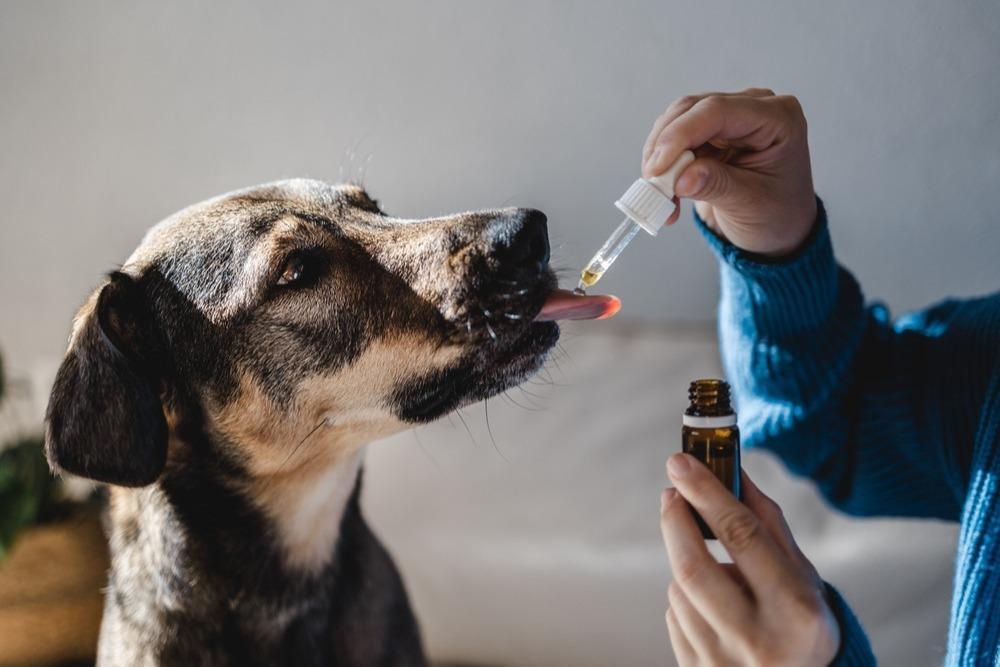
Dietary NeedsGeneral HealthGut HealthCatsCats General HealthDietDogs
Do Herbs Have a Place in Canine Osteoarthritis?
May 03 2022
•
4 mins 35 secs

Dietary NeedsGeneral HealthGut HealthCatsCats General HealthDietDogs
5 Tips to Support Your Seasonally Itchy Dog
Apr 26 2022
•
4 mins 50 secs

Dietary NeedsGeneral HealthGut HealthCatsCats General HealthDietDogs
Using Nutrition to Support The Stressed Dog
Apr 13 2022
•
8 mins 11 secs

Dietary NeedsGeneral HealthGut HealthCatsCats General HealthDietDogs
4 Nutrients For The Fussy Eating Dog
Apr 11 2022
•
3 mins 58 secs
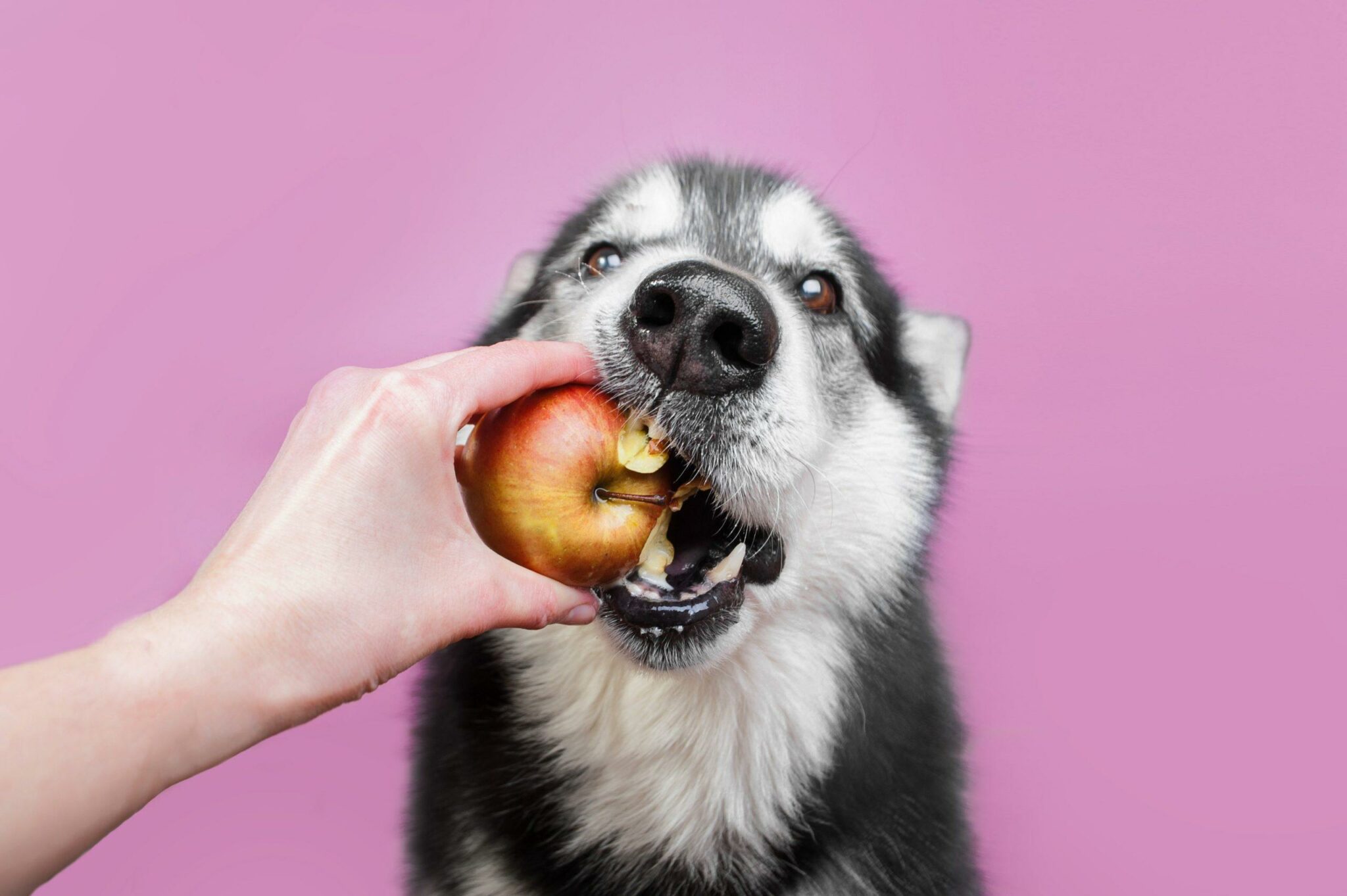
Dietary NeedsGeneral HealthGut HealthCatsCats General HealthDietDogs
7 Foods That Add Fibre To Your Dog’s Diet
Mar 21 2022
•
5 mins 2 secs
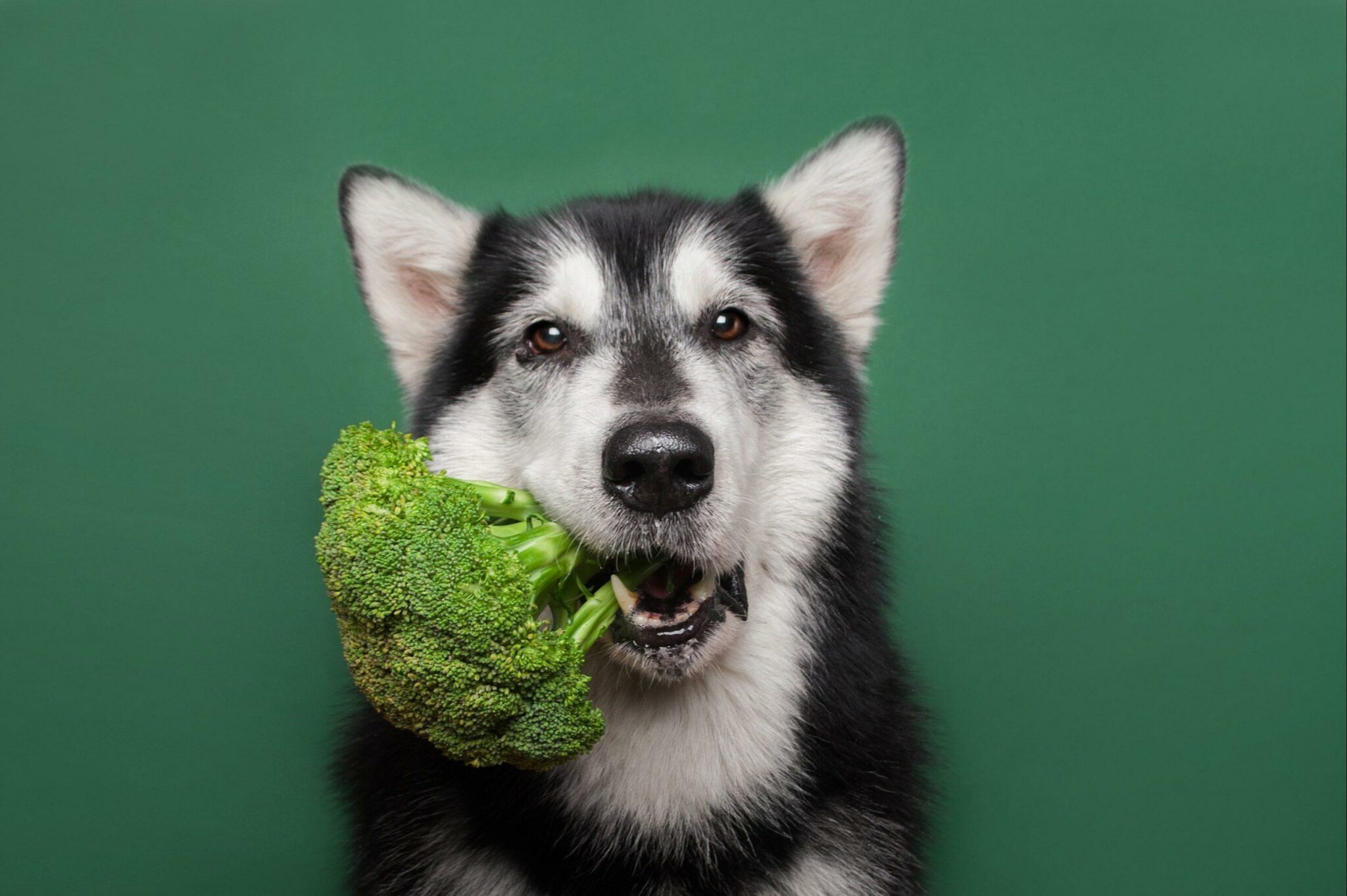
Dietary NeedsGeneral HealthGut HealthCatsCats General HealthDietDogs
What Are Phytochemicals and Does My Dog Need Them?
Mar 14 2022
•
4 mins 46 secs

Dietary NeedsGeneral HealthGut HealthCatsCats General HealthDietDogs
Nutrition for the Recovering Dog
Mar 14 2022
•
5 mins 18 secs

Dietary NeedsGeneral HealthGut HealthCatsCats General HealthDietDogs
What is Addison’s Disease in Dogs?
Mar 07 2022
•
2 mins 40 secs
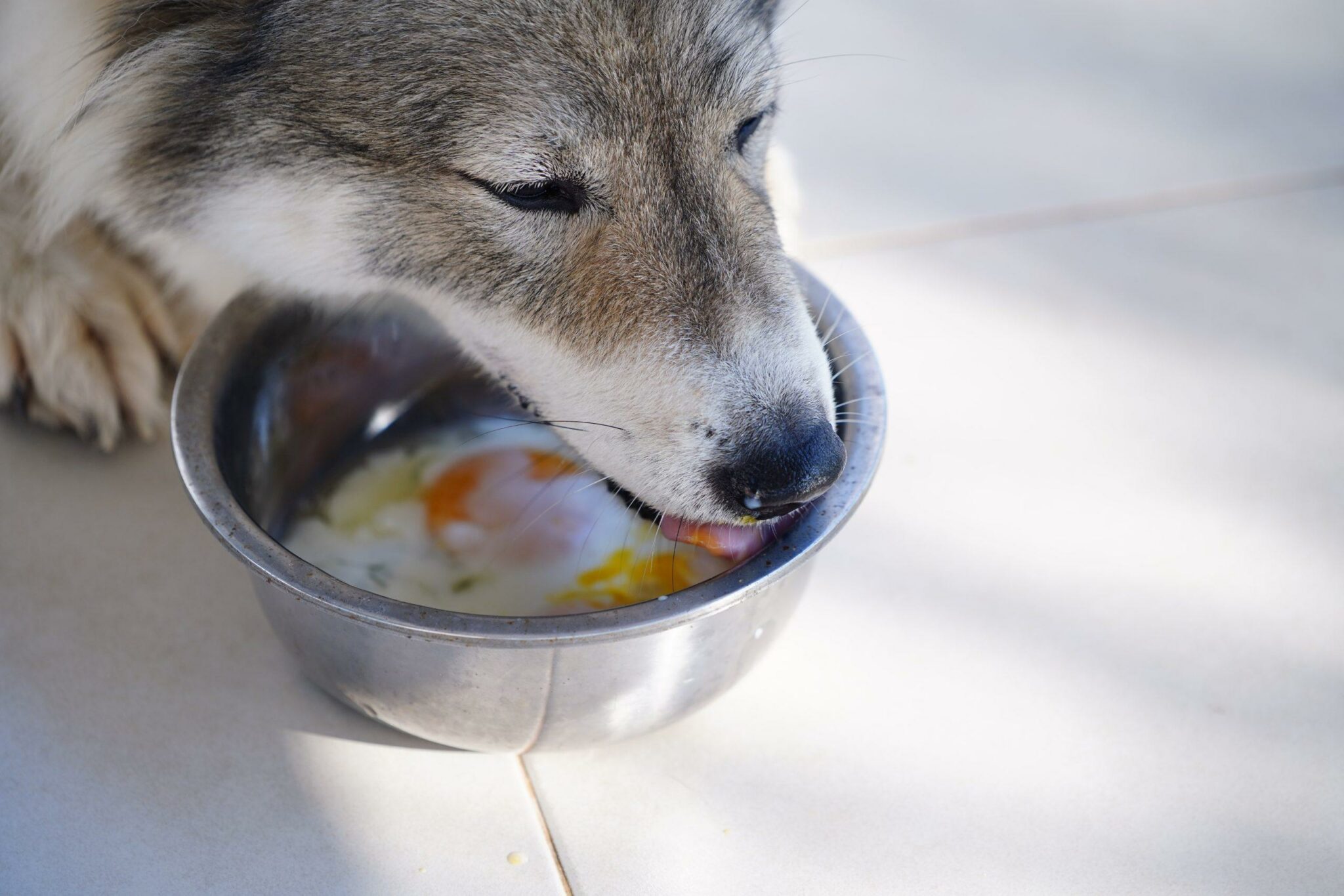
Dietary NeedsGeneral HealthGut HealthCatsCats General HealthDietDogs
Can My Dog Eat Raw Eggs?
Feb 28 2022
•
3 mins 48 secs

Dietary NeedsGeneral HealthGut HealthCatsCats General HealthDietDogs
What is Canine Epilepsy?
Feb 22 2022
•
4 mins 56 secs

Dietary NeedsGeneral HealthGut HealthCatsCats General HealthDietDogs
Does My Dog Have A Gut-Skin Axis?
Feb 14 2022
•
4 mins 48 secs

Dietary NeedsGeneral HealthGut HealthCatsCats General HealthDietDogs
5 Wonderful Herbs for Dog Joint Care
Feb 07 2022
•
5 mins 3 secs

Dietary NeedsGeneral HealthGut HealthCatsCats General HealthDietDogs
Why Does My Dog Need Vitamins? Part Two – The Water-Soluble Vitamins
Jan 24 2022
•
6 mins 42 secs

Dietary NeedsGeneral HealthGut HealthCatsCats General HealthDietDogs
Why Does My Dog Need Vitamins? Part One – The Fat-Soluble Vitamins
Jan 24 2022
•
5 mins 51 secs

Dietary NeedsGeneral HealthGut HealthCatsCats General HealthDietDogs
4 Superfoods for Liver Health in Dogs
Jan 19 2022
•
4 mins 15 secs

Dietary NeedsGeneral HealthGut HealthCatsCats General HealthDietDogs
The Importance of Sleep
Jan 04 2022
•
8 mins 15 secs

Christmas Calm: Our Top Nutritional Tips to Support Your Canine
Dec 22 2021
•
2 mins 43 secs

Dietary NeedsGeneral HealthGut HealthCatsCats General HealthDietDogs
Feeding Bones: A Mini Guide To Bones
Dec 07 2021
•
5 mins 56 secs

Dietary NeedsGeneral HealthGut HealthCatsCats General HealthDietDogs
5 Tips For Anxiety in Dogs
Oct 21 2021
•
4 mins 6 secs

Dietary NeedsGeneral HealthGut HealthCatsCats General HealthDietDogs
Top Tips to Help Your Dog Lose Weight
Sep 16 2021
•
5 min read

Dietary NeedsGeneral HealthGut HealthCatsCats General HealthDietDogs
Kennel Cough: A Natural Guide
Sep 09 2021
•
7 min read

Dietary NeedsGeneral HealthGut HealthCatsCats General HealthDietDogs
Why Are Dogs So Loyal?
Sep 04 2021
•
4 min read

Dietary NeedsGeneral HealthGut HealthCatsCats General HealthDietDogs
Why Does My Dog Have Warts?
Aug 02 2021
•
6 min read
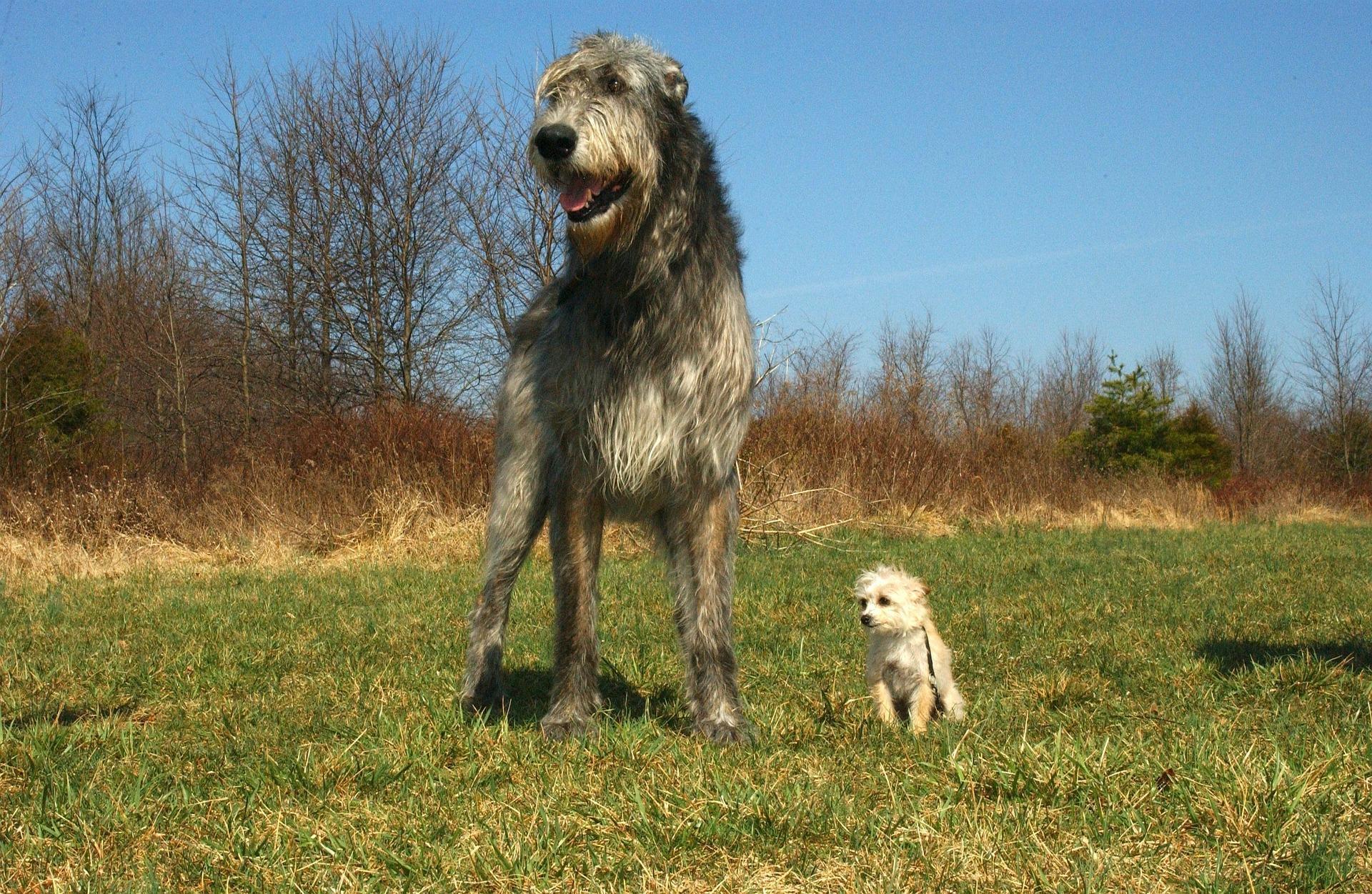
Dietary NeedsGeneral HealthGut HealthCatsCats General HealthDietDogs
The Lowdown on Liver Shunts in Dogs
Jun 28 2021
•
6 min read

Dietary NeedsGeneral HealthGut HealthCatsCats General HealthDietDogs
The Importance of Nature for Human and Dog Health
May 12 2021
•
5 min read

Dietary NeedsGeneral HealthGut HealthCatsCats General HealthDietDogs
Periodontal Disease in Dogs
May 04 2021
•
7 min read

Dietary NeedsGeneral HealthGut HealthCatsCats General HealthDietDogs
Dog Brain Games
Apr 29 2021
•
5 min read
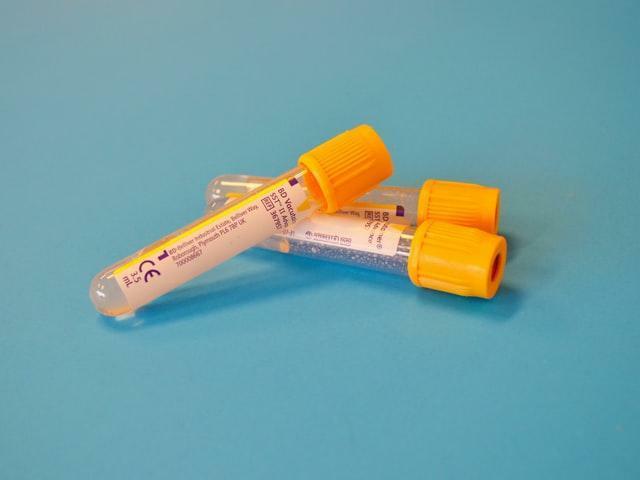
Dietary NeedsGeneral HealthGut HealthCatsCats General HealthDietDogs
Does My Dog Need an Allergy Test?
Apr 26 2021
•
7 min read

Dietary NeedsGeneral HealthGut HealthCatsCats General HealthDietDogs
How Food Affects Your Dog’s Behaviour
Apr 22 2021
•
10 min read
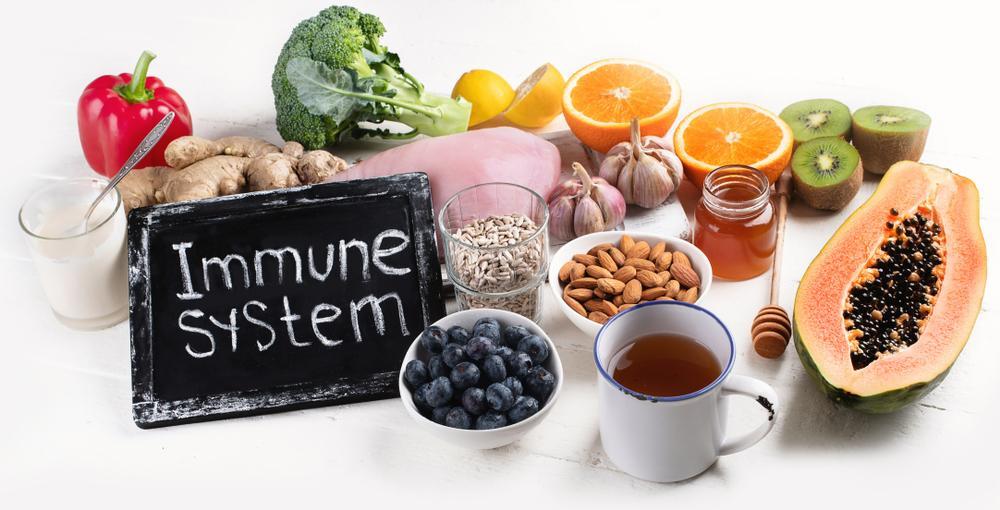
Dietary NeedsGeneral HealthGut HealthCatsCats General HealthDietDogs
10 Top Foods For Your Dog’s Immunity
Mar 17 2021
•
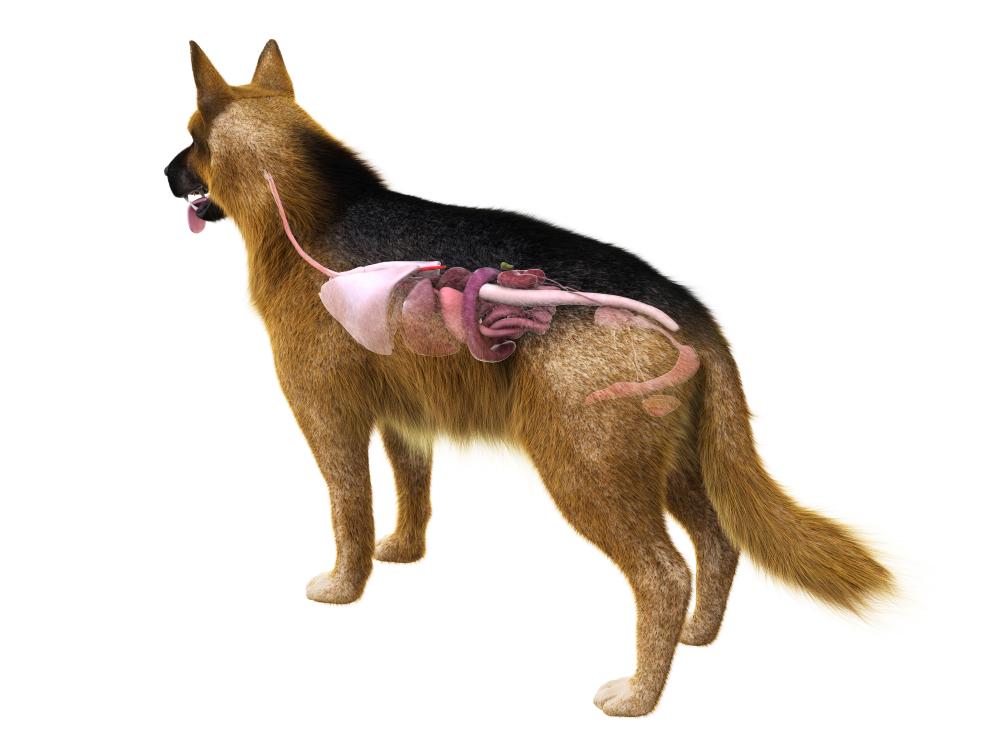
Dietary NeedsGeneral HealthGut HealthCatsCats General HealthDietDogs
The Dog’s Digestive System
Mar 12 2021
•
7 min read

Dietary NeedsGeneral HealthGut HealthCatsCats General HealthDietDogs
Obesity in Pets Part 1
Feb 25 2021
•
9 min read

Dietary NeedsGeneral HealthGut HealthCatsCats General HealthDietDogs
Dogs in pain – what is it and how to look for it?
Jan 28 2021
•
8 min read

Dietary NeedsGeneral HealthGut HealthCatsCats General HealthDietDogs
Fresh Food to Add to Your Dog’s Bowl
Jan 26 2021
•
6 min read

Dietary NeedsGeneral HealthGut HealthCatsCats General HealthDietDogs
How Much Sleep Should My Dog Get?
Dec 15 2020
•
12 min read
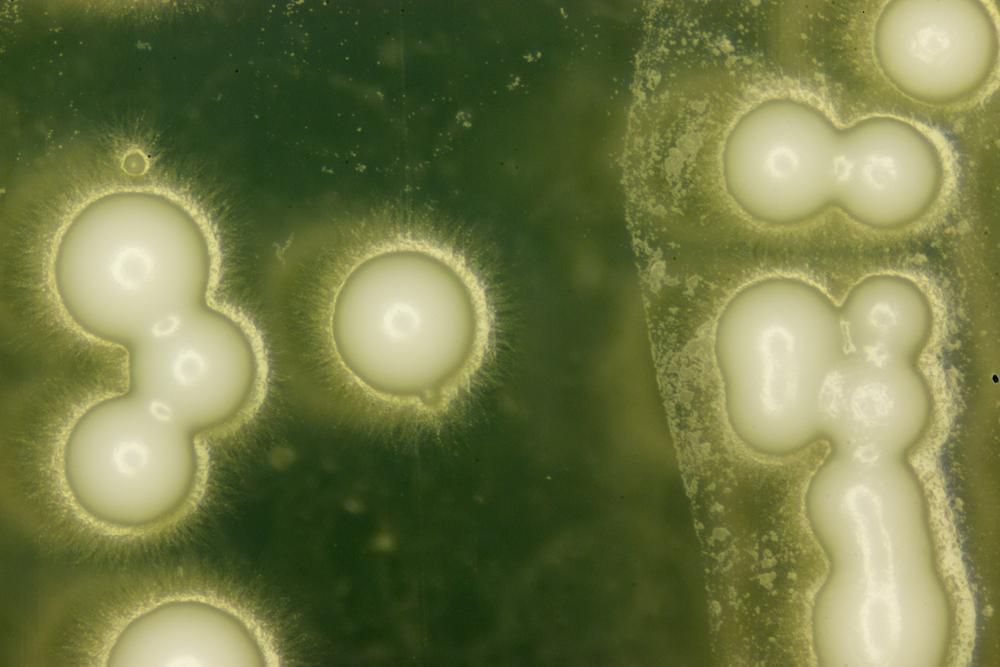
Dietary NeedsGeneral HealthGut HealthCatsCats General HealthDietDogs
Is Your Dog A Yeasty Beast?
Dec 09 2020
•
8 min read

Dietary NeedsGeneral HealthGut HealthCatsCats General HealthDietDogs
Mood Food for Dogs
Nov 24 2020
•
6 min read
✕





